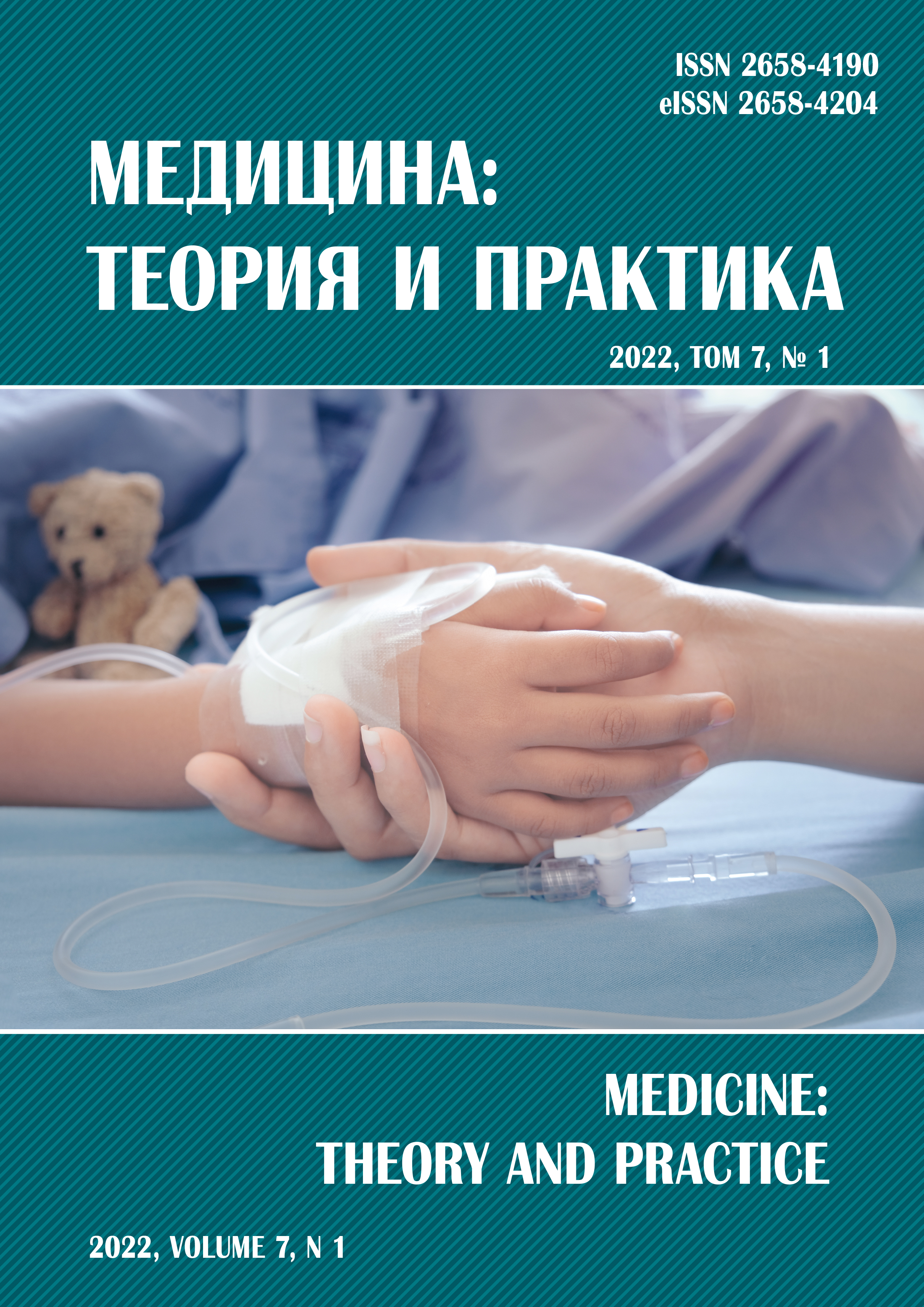Clinical and laboratory parameters and the frequency of complications in patients with mi and covid-19
Abstract
Relevance. To date, there is evidence of the negative impact of COVID-19 on the development of de novo cardiovascular pathology. As with other infectious diseases, including various variants of acute respiratory viral infection, COVID-19 can provoke acute coronary syndrome (ACS). Patients with MI with COVID-19 represent a high -risk group of patients with an increased risk of mortality. However, these data are limited to a few small retrospective observational studies of patients with ST-segment elevation myocardial infarction (STEMI) with a lack of data on acute coronary syndrome without ST-segment elevation. As such, these data are not able to reflect the real scale of the problem. Purpose: to study and compare clinical, anamnestic and laboratory parameters, angiography data and the frequency of complications in patients with myocardial infarction, depending on the presence of COVID-19. Material and methods. The study included 408 patients with confirmed myocardial infarction (MI) who were treated in the cardiology department for patients with acute coronary syndrome of the Altai Regional Cardiological Dispensary. Depending on the presence of infection with a new coronavirus infection, patients were divided into 2 groups. Group 1:233 patients with MI and COVID-19, mean age was 64.4±0.8 years. Group 2: 175 patients with MI without COVID-19, mean age 61.12±0.64 years. All examined patients were assessed complaints, anamnesis, objective status, measurement of hemodynamic and anthropometric parameters, standard laboratory and instrumental research methods were used, echocardiography and coronary angiography were performed. Results. The studied groups were comparable in terms of gender (p=0.964), in both groups more than 57% were males. In the group of patients with a new coronavirus infection, the patients were older (64.4±0.861 years versus 61.12±0.64 years, p<0.003). In this group, patients with non-ST elevation MI (NSTEMI) predominated - 181 (77.7%) vs 74 (42.3%), p <0.001, and in the group without COVID-19, patients with MI and ST segment elevation - 76 (60.3%) vs 52 (22.3%), p <0.001. When studying clinical and anamnestic indicators, it was found that there were statistically significantly more patients with a burdened cardiovascular history, arterial hypertension, and chronic heart failure in the first group than in the second (p <0.001). Complications of MI were also more common in patients of the first group than the second. Percutaneous coronary intervention with stenting was performed more often in patients of the second group than in the first (p <0.001), while in the first group, 81.9% of the patient was treated conservatively, p <0.001, due to the predominance of patients with acute coronary syndrome without elevation ST segment. Thrombolytic therapy was performed in 14 (26.9%) patients of the first group and 31 (17.7%) of the second group, p=0.144. In laboratory parameters, higher values of C reactive protein, brain natriuretic peptide and low -density lipids were noted in the group of patients with MI and new coronavirus infection (p <0.001). Conclusion. The results of this observation confirm that at an increased risk of developing myocardial infarction during the COVID-19 pandemic are older people, mostly men, with a burdened cardiovascular history and comorbid pathology. In the analyzed group of patients with MI and COVID-19, NSTEMI was more common, with a high incidence of complications of the disease, than in the group of uninfected patients. In this category of patients, conservative tactics prevailed. In patients with MI and COVID-19, laboratory data showed higher levels of C reactive protein, brain natriuretic peptide, and low -density lipids.



